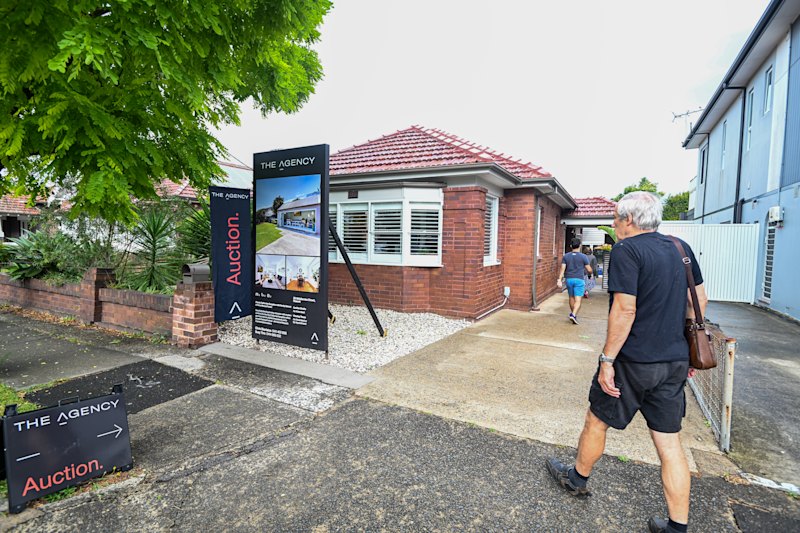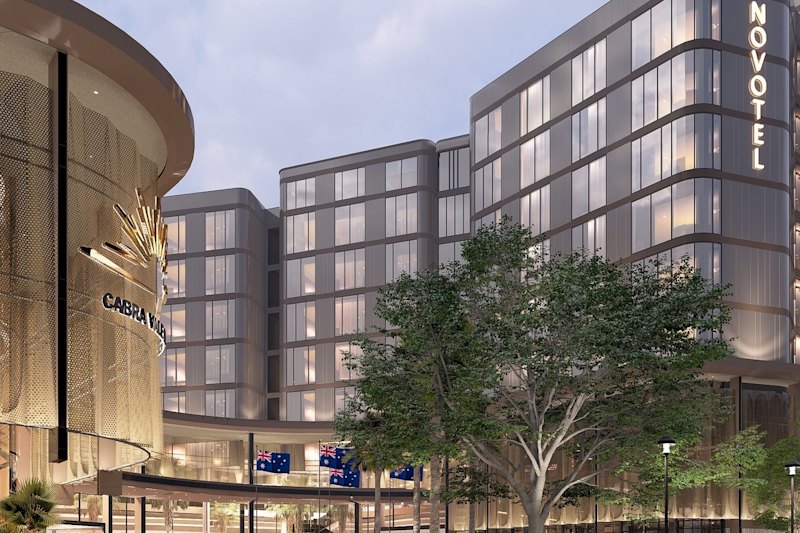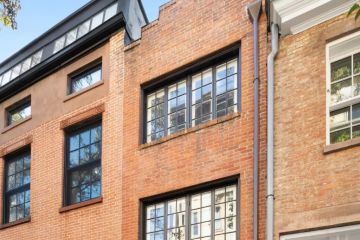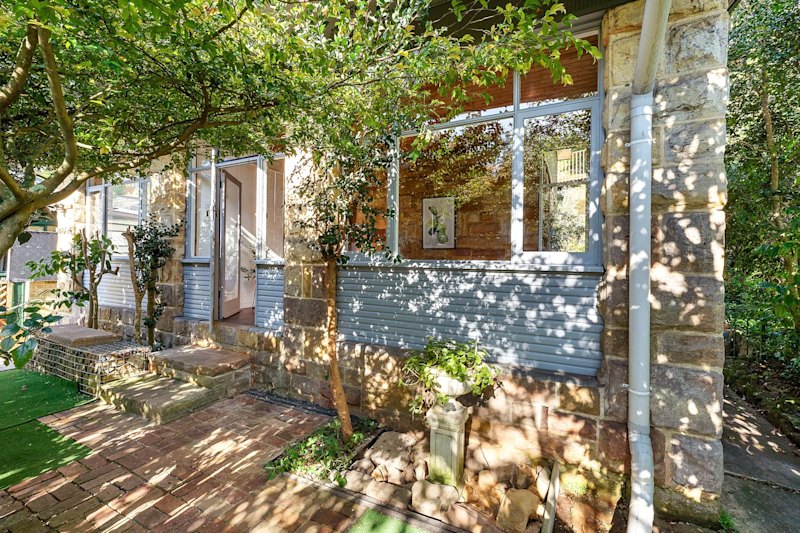Is it time to buy the worst house in the best street yet?
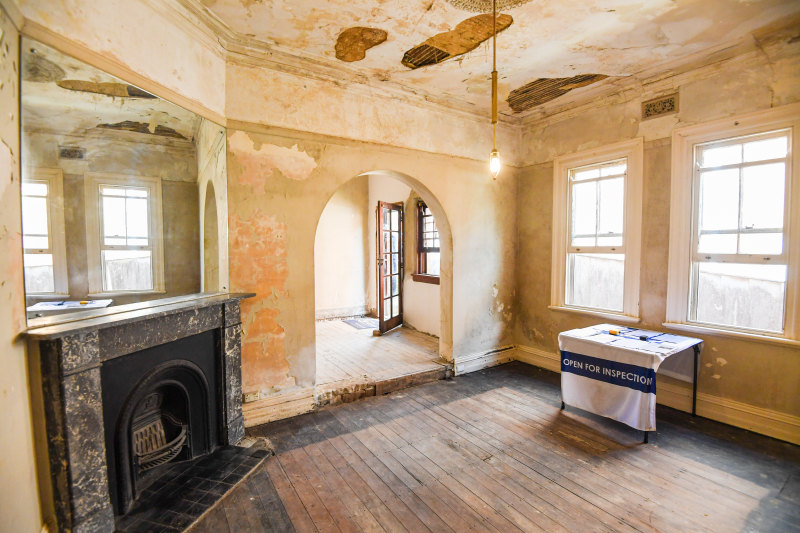
Conventional wisdom suggests buying the worst house in the best street and renovating it, but buyers are avoiding fixer-uppers in droves as construction costs rise.
Some industry experts wonder if that makes it an opportune time for a brave buyer to snap up a renovation project while there’s less competition to purchase.

Renovated family homes are the most sought-after at auction, experts say, as property prices fall and buyers spurn offerings that have flaws because they know something else will be for sale later – and cheaper.
“There’s a lot of uncertainty in terms of what renovations are going to cost to do at the moment, so buyers are a little bit nervous about going down that path,” Elite Buyer Agents founder and director Kim Easterbrook said.
“That might be a good opportunity for some buyers to jump in because there’s definitely less buyers looking for unrenovated homes than renovated homes.”
House construction input prices rose 17.3 per cent over the year to June, ABS figures show, driven by the categories of timber, board and joinery (up 24.2 per cent) and other metal products such as aluminium windows and doors (up 18.4 per cent).
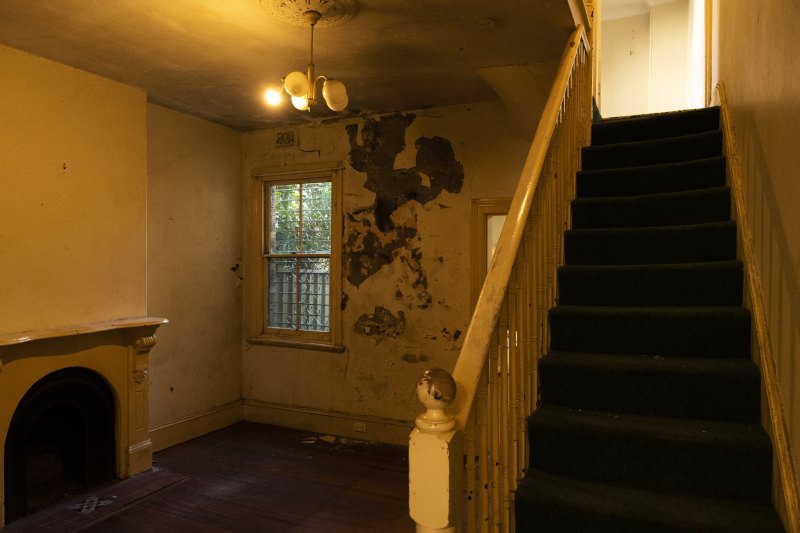
Easterbrook’s view is that building costs are more likely to stabilise than to fall, meaning someone who waits might have to pay the same price for a renovation in a couple of years as now.
“There’s a lack of supply of quality renovated homes. If someone is prepared to do the hard yards of going through the pain of renovating – it’s not for the faint-hearted – if they’re prepared to go through that, they may find themselves in a better position.”
In Melbourne’s premium suburbs, she is finding strong demand for spacious homes with one or two home offices in the $3 million to $5 million price range, but the opposite for compromised properties on a busy main road or with a poor floor plan.
Buyers may also consider why a home is the worst in its street. Will it be on par with its peers once renovated? Or does it have flaws that can never be changed, such as a 1970s-era home in a street of period neighbours?
In Sydney, PK Property managing director and senior buyer’s agent Peter Kelaher is more optimistic that building costs will come down, saying turnkey properties are attractive because buyers are “just scared, in relation to what builders are quoting”.
“When the market is, usually, at a fairly low point, [people] get in and do a reno and then get into the stage of flipping it when it’s a better market,” he said.
“But at the moment, everyone wants property that’s totally done.”
He said top-quality homes are hotly contested, but there are few bidders for lower-quality product, offering an opportunity to buy a home that needs work and can be converted to A-grade.
“Wouldn’t you be buying it close to the bottom, and suck it up for 12 months and then get the builders in?”
Cooley Auctions managing director Damien Cooley said finished family homes with off-street parking and northern light are the hottest part of the market now.
In previous booms and even troughs, the worst houses in the best streets sold for “astronomical numbers”, but this is no longer common.
“So many buyers are nervous about construction costs and the unknown of what a renovation or a rebuild is going to end up costing,” he said.
“There’s still opportunities [to renovate], the challenge people have is the cost of construction has gone up.
“We don’t know if construction prices are going to settle down or they’re going to stay high.”
He suggested one option could be to buy a home that needs renovating but would be liveable for two to five years, if the owner could then afford to make their desired upgrades.
“The worst home in the best street still does well,” he said.
“What people are shying away from is the worst home in a not-so-good street.”
Aside from cost, The Agency’s general manager of Victoria Peter Kakos has noticed delays in accessing tradespeople, which had encouraged buyers towards renovated family homes.
He said buyers in a strong financial position amid the declining property market may no longer need to chase the worst home in the best street.
“To get value, you used to have to buy one that needs a lot of work. Now, people are finding for that same budget you can actually buy a property that doesn’t need that much work,” he said.
“They’re finding their dollar will drive a lot further.”
We thought you might like
States
Capital Cities
Capital Cities - Rentals
Popular Areas
Allhomes
More
/http%3A%2F%2Fprod.static9.net.au%2Ffs%2Fe486384a-a263-4864-9ce3-68a3fc5e1b76)
/http%3A%2F%2Fprod.static9.net.au%2Ffs%2F015bbd09-43c0-4318-81d8-7cc82875fdd1)


